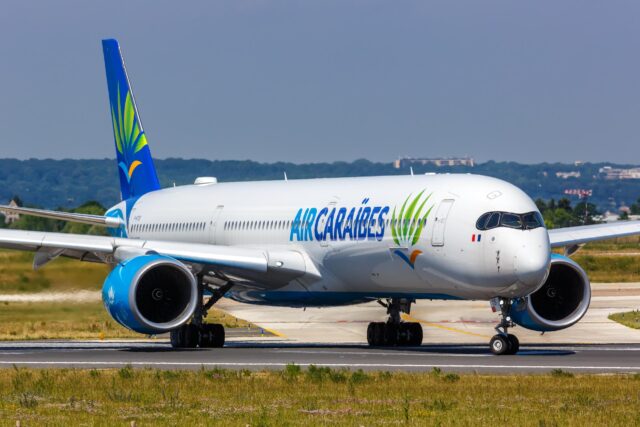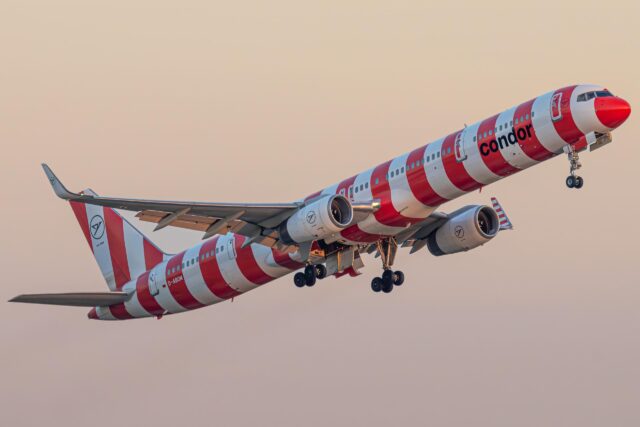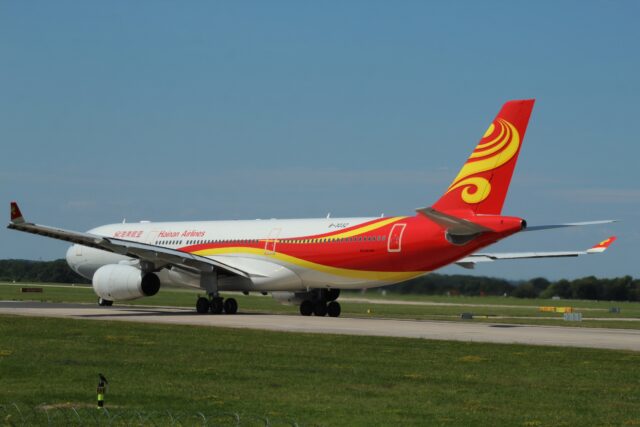Trump’s plan to ban Chinese airlines from using Russian airspace sparks backlash

October 15, 2025

US President Donald Trump is escalating tensions in US-China aviation, calling for a ban on Chinese airlines using Russian airspace on flights to and from the United States.
Chinese carriers have lodged strong objections, triggering debate over whether such a move is even practically or legally enforceable. Critics also warn it could have unintended economic and environmental consequences.
The issue centres on a gap in flight access. Since Russia’s 2022 invasion of Ukraine, US and European airlines have been banned from Russian airspace, forcing longer, more expensive routes. Chinese carriers still use those faster northern paths, giving them a time and fuel edge on transpacific flights.
Trump wants to level the playing field on US-China routes
Trump is arguing that this creates an uneven playing field, particularly on more lucrative US-China routes. He is pressing the Department of Transportation to restrict access to the US market for airlines that continue to fly over Russia.
He has also suggested expanding the restriction to include Hong Kong-based carriers like Cathay Pacific, which also benefit from the same routing advantage.

Chinese airlines are pushing back hard. Air China, China Eastern and others have filed complaints with US regulators, calling the proposal unfair and disruptive. They warn rerouting could add hours to flights, boost fuel use, hike ticket prices and increase carbon emissions.
Can Trump legally influence Chinese airline routes?
Technically, the US cannot prevent a Chinese airline from flying through Russian airspace – but it can control who is allowed to land and operate flights within its borders. The Department of Transportation can hold foreign airlines’ permits over them, making route rules a condition for operating.
However, while this kind of regulatory pressure can be used to influence airline behaviour, applying it in this context would likely trigger legal challenges and diplomatic tensions.
Enforcing it wouldn’t be easy either. US authorities would need to monitor flight plans, track real-time routes and ensure compliance on a flight-by-flight basis. If a Chinese airline violates the rule, penalties could include fines or suspension of its US flight rights. But ensuring full compliance could prove difficult and add further strain to already fragile US-China aviation relations.
The environmental impact of forced route extensions
Environmental analysts have also raised red flags. Since the airspace closures in 2022, Western airlines have seen increased fuel burn – research from the University of Reading suggests as much as 15% more on some long-haul routes. Forcing Chinese airlines to do the same would further increase global emissions, undermining efforts to reduce aviation’s carbon footprint.

Some US airlines support the proposal as a way to boost competition. Others warn it could backfire, provoking Chinese retaliation, trade disputes and fresh disruption to the post-pandemic travel recovery.
For now, the proposal remains just that – a proposal. It would need to go through a formal rulemaking process, including public comment and regulatory review, before any action is taken. In the meantime, Chinese airlines are standing by their routes, while US officials consider just how far to take aviation policy in this political tug-of-war.
















